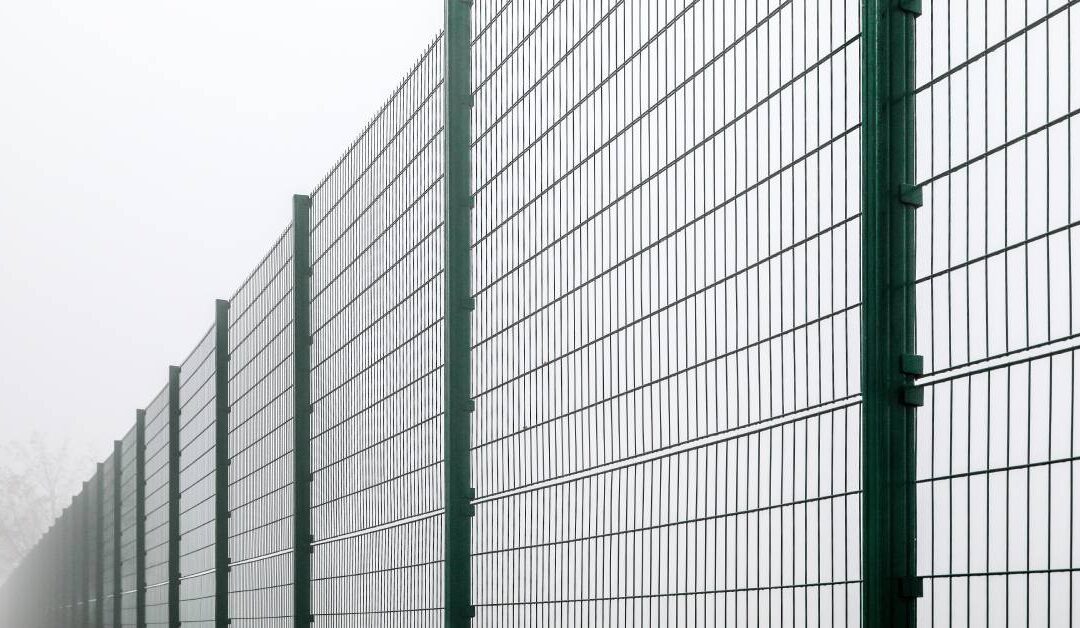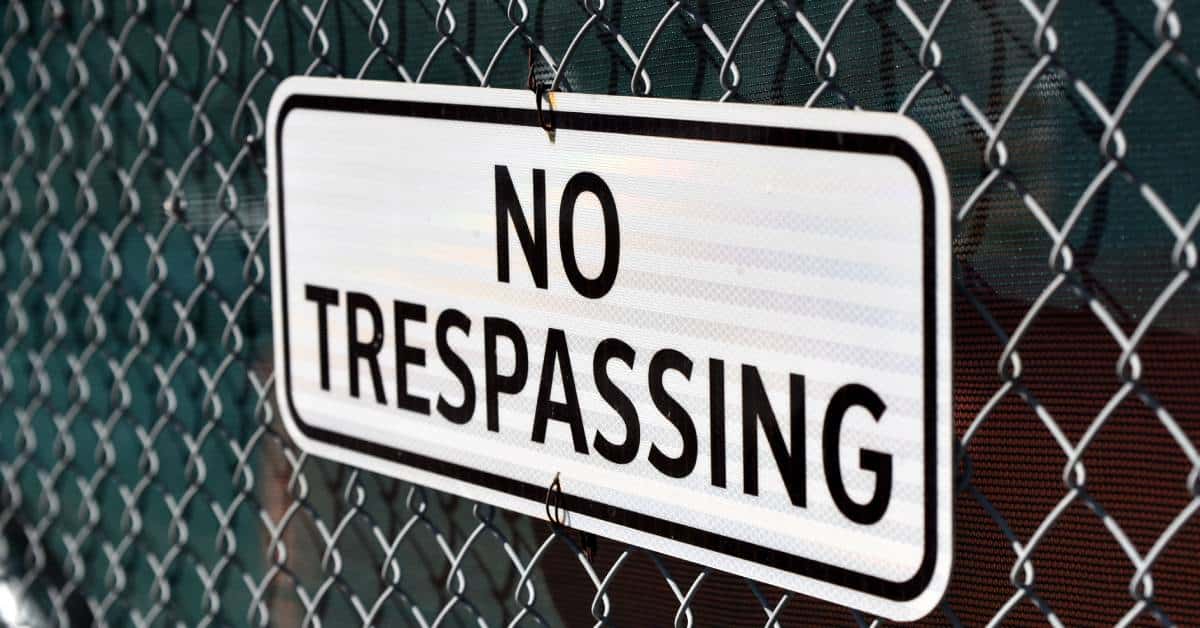When planning a construction project, event, or temporary site setup, understanding how your temporary fencing will perform under wind conditions is crucial for safety and project success. Environmental factors, especially wind, can quickly change your plans.
Planning takes time, so consider how temporary fences handle wind loads. Additionally, you need to be aware of the necessary adjustments for optimal performance and safety on your site.
Understanding Wind Loads
Wind load is the force exerted by moving air against a structure. This term is particularly useful to know when selecting temporary fencing, as wind load can influence the materials you choose; high wind loads can test the structural integrity of any fencing option.
Experts measure wind loads in pounds per square foot (psf), and they vary based on several factors, including wind speed, duration of the gust, and direction of the wind. When wind speeds increase, the force exerted on the fence grows exponentially. Temporary fences face more unique wind load challenges compared to permanent installations. They typically have lighter foundations and fewer ground anchors, and they must withstand forces that can easily topple inadequately secured systems.
Factors Affecting Wind Load Performance
Understanding the factors that influence wind load performance is essential for ensuring the stability and safety of your temporary fencing system.
Panel Design and Materials
The construction and materials of temporary fence panels affect their wind resistance. Solid panels block airflow and create maximum wind resistance, while mesh or chain-link panels allow for air to pass through. When air passes through the fencing, it reduces the wind load.
Foundation and Anchoring Systems
Foundations and anchoring systems keep the fence on the ground and work against high wind loads. Temporary fences typically employ several anchoring methods, each with a different wind load capacity. Concrete blocks provide substantial weight but rely primarily on gravity for stability. While effective for moderate winds, they can be insufficient for high-wind conditions without additional anchoring.
Site Conditions and Terrain
Installation sites can determine how wind loads affect temporary fencing. Open areas with minimal obstructions allow winds to build speed and force, creating maximum loads on fencing systems that may not be able to withstand it. Terrain features, such as hills, valleys, and nearby buildings, can create wind tunnels that concentrate and accelerate airflow. These conditions can produce wind loads far exceeding normal expectations for the area.
Types of Temporary Fencing and Their Wind Resistance
Different fencing options have benefits in windy areas. Depending on the wind load in the area, these options may be suitable for your site.
Chain Link
Chain link panels offer excellent wind resistance due to their open mesh design, which allows for airflow. Wind passes through the links rather than creating solid resistance, reducing the load on the support system.
Windy locations are the ideal place for chain link fencing. However, fabric or privacy screening attached to chain-link panels can increase the wind load and require additional anchoring. If you are considering chain link fence rentals, speak with the rental service to discuss options for your site’s privacy and wind load.
Solid Panels
Solid panels are the best option for maximum privacy and security, but they also have the highest wind loads. These panels require firm anchorage, and you should use them with caution in high-wind areas. Steel solid panels offer superior strength but require heavy-duty foundations to handle wind loads safely. Appropriate spacing and reinforcement become critical for reliable performance.
Mesh Panels
Mesh panels strike a balance between visibility control and wind resistance. You can decide on the percentage of open area in the mesh, which would determine the wind load reduction. This is a great option when wind loads are too high for solid panels.
To increase the privacy of the mesh panels, you can use a higher-density mesh, but this would also increase wind resistance. A lower-density mesh allows for more airflow but may not meet the privacy requirements for certain applications.
Wind Load Calculations and Standards
Structural stability and performance heavily depend on understanding and managing wind loads. Your fencing can become compromised with unexpected wind loads, so using the proper wind load calculations will help you get the most out of your fencing.
Industry Standards
The International Building Code (IBC) and local building codes provide guidelines for calculating wind loads on temporary structures. These standards consider factors like geographic location, terrain, and structure height. Basic wind speeds in an area are included to calculate the wind loads. They can be modified depending on other factors such as exposure category and topographic effects.
Professional Assessment
Complex installations or areas with high winds may require a professional engineering assessment. Structural engineers can perform detailed wind load calculations and recommend appropriate anchoring systems. Professional assessment becomes particularly important for extended installations, valuable property protection, or locations with unusual wind patterns. Working with a reliable fencing rental service can also help you navigate complex jobs.
Best Installation Practices for Wind Resistance
Achieving a wind-resistant fence installation requires careful planning and adherence to proven methods. Consider these factors when installing or renting fencing to ensure long-lasting durability, safety, and performance.
Spacing and Alignment
Fence panel spacing affects the distribution of wind loads across the entire system. Alignment ensures even load distribution and prevents weak points that could lead to system failure. Maintaining consistent spacing between support posts evenly distributes wind loads across the structure. Irregular spacing can create concentration points where failure is more likely to occur.
Reinforcement Techniques
Additional bracing and reinforcement can improve wind load performance. Cross-bracing between posts, guy wires, and additional anchoring points all contribute to system stability. Corner and end posts experience the highest loads and often require special reinforcement. These critical points should receive extra attention during installation.
Maximizing Safety and Performance
Understanding how temporary fences handle wind loads ensures your setup performs reliably under various conditions. Match your fencing system to the needs of your site and expected wind loads, and remember that professionals are always available to assist you throughout the process.
For complex installations or challenging wind conditions, come to Rentafence.com. We work across multiple industries to provide you with the best fencing solutions tailored to your needs. Our services also include essential fencing accessories to keep your fences secure and private. Contact us today for a free quote for your next fence rental.




Recent Comments